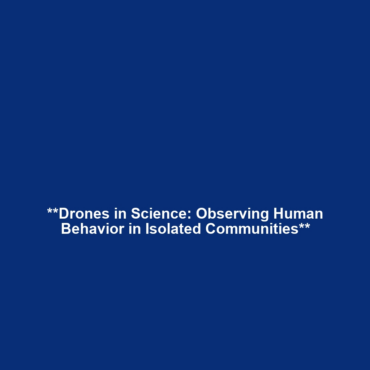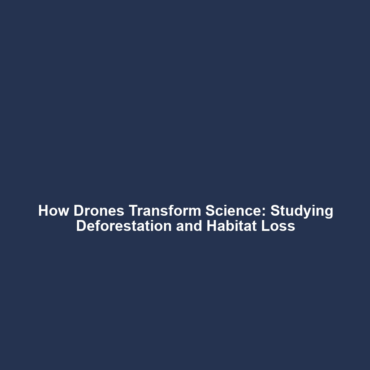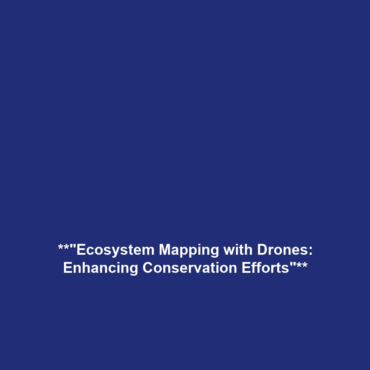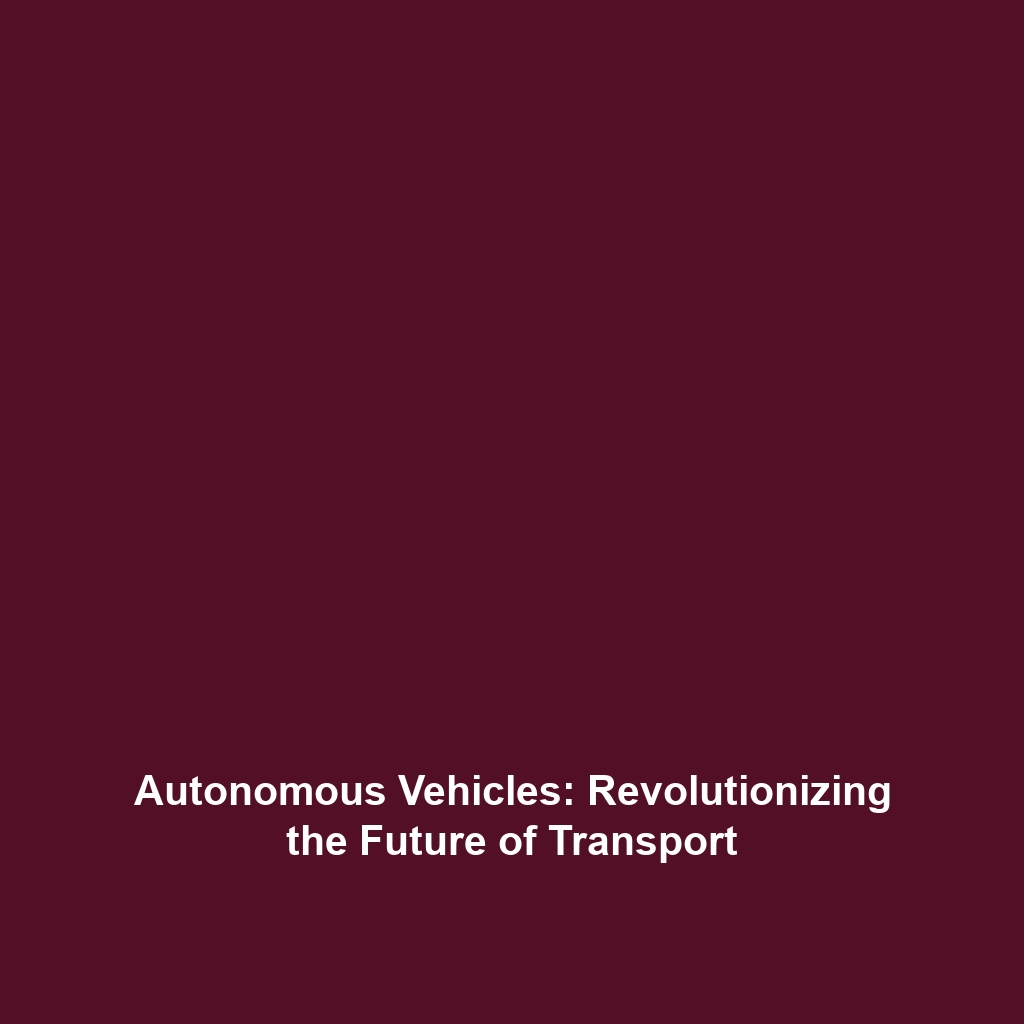Human Behavior Studies: Drones Observing Isolated Communities
Category: Drones in Science
Introduction
Human behavior studies utilizing drones to observe isolated communities represent a significant advancement in the application of drones in science. These unmanned aerial vehicles (UAVs) enable researchers to gather vital data while minimizing human interference. By leveraging drone technology, scientists can gain unique insights into the sociocultural and environmental interactions of remote populations. This method opens new horizons for understanding human behavior within diverse contexts and accurately assessing societal dynamics.
Key Concepts
Understanding Human Behavior Studies
Human behavior studies examine how individuals and groups interact with their surroundings. The integration of drones in science allows for an innovative approach to data collection, especially in communities that are geographically isolated. Key concepts include:
- Data Collection: Drones facilitate real-time monitoring and data acquisition without intrusiveness.
- Behavioral Analysis: Insights into social structures, norms, and practices can be derived from aerial observations.
- Environmental Impact: Understanding how secluded communities adapt to their environments through flight-enabled surveillance.
Applications and Real-World Uses
The applications of human behavior studies conducted via drones are diverse and impactful. Some notable examples include:
- Population Monitoring: Observing migration patterns, settlements, and resource utilization in remote areas.
- Cultural Studies: Documenting traditional practices and their evolution amidst changing environmental conditions.
- Disaster Response: Assessing community resilience and recovery processes in the wake of natural disasters.
Overall, the applications of human behavior studies in the drones in science category demonstrate a profound capacity for enriching anthropological research.
Current Challenges
Despite the advantages, there are several challenges associated with employing drones for observing isolated communities:
- Privacy Concerns: The use of drones raises ethical questions regarding individual privacy rights.
- Regulatory Restrictions: Varied laws and regulations can limit drone use in certain regions.
- Data Interpretation: Accurately analyzing behavioral data collected from aerial perspectives may pose difficulties.
These challenges of human behavior studies within the realm of drones in science must be navigated to ensure responsible and effective research.
Future Research and Innovations
Future research in this area is poised to unveil innovative technologies and methodologies. Anticipated advancements include:
- AI Integration: Enhanced data analysis through artificial intelligence can improve behavioral interpretation.
- Improved Sensor Technologies: Enhanced capabilities for collecting more nuanced data.
- Longer Flight Durations: Next-gen drones could extend monitoring periods, allowing for comprehensive studies.
These innovations will have a significant impact on the field of drones in science as researchers continue to explore human behavior in isolated communities.
Conclusion
The study of human behavior through drone technology offers groundbreaking insights and methodologies that advance our understanding of isolated communities. As this field of study evolves, it is crucial to address ethical considerations and technical challenges to harness the full potential of drones in science. For further exploration of related topics, visit more research articles or delve into the latest technologies in drone applications.





